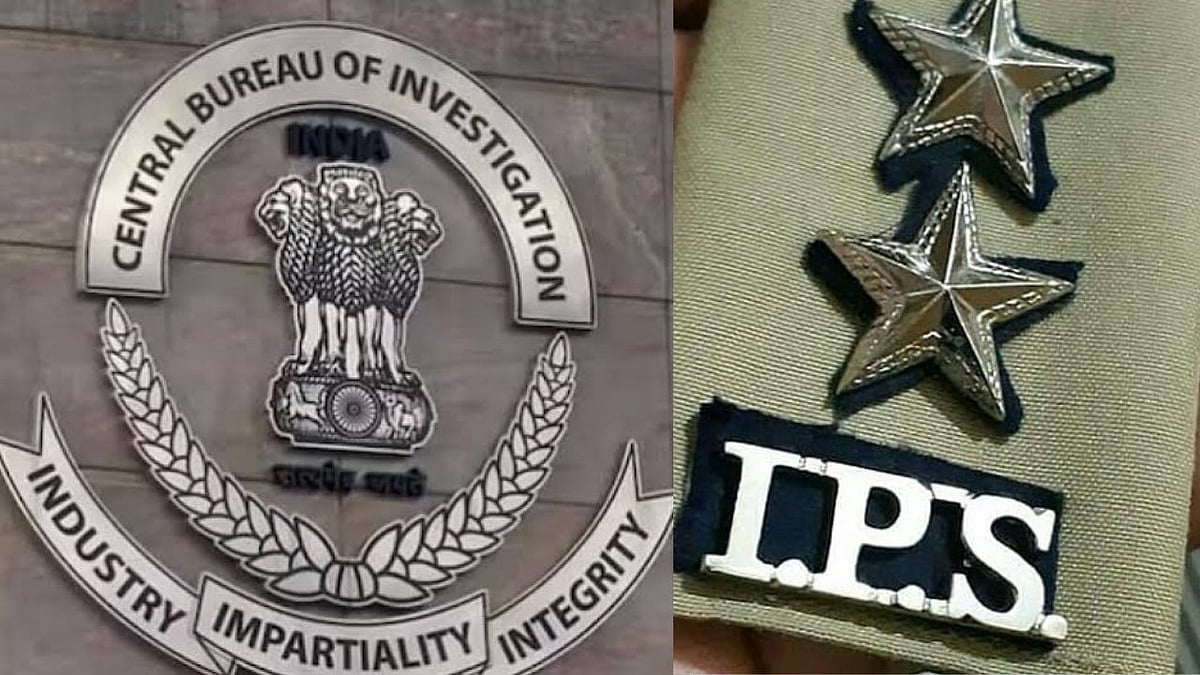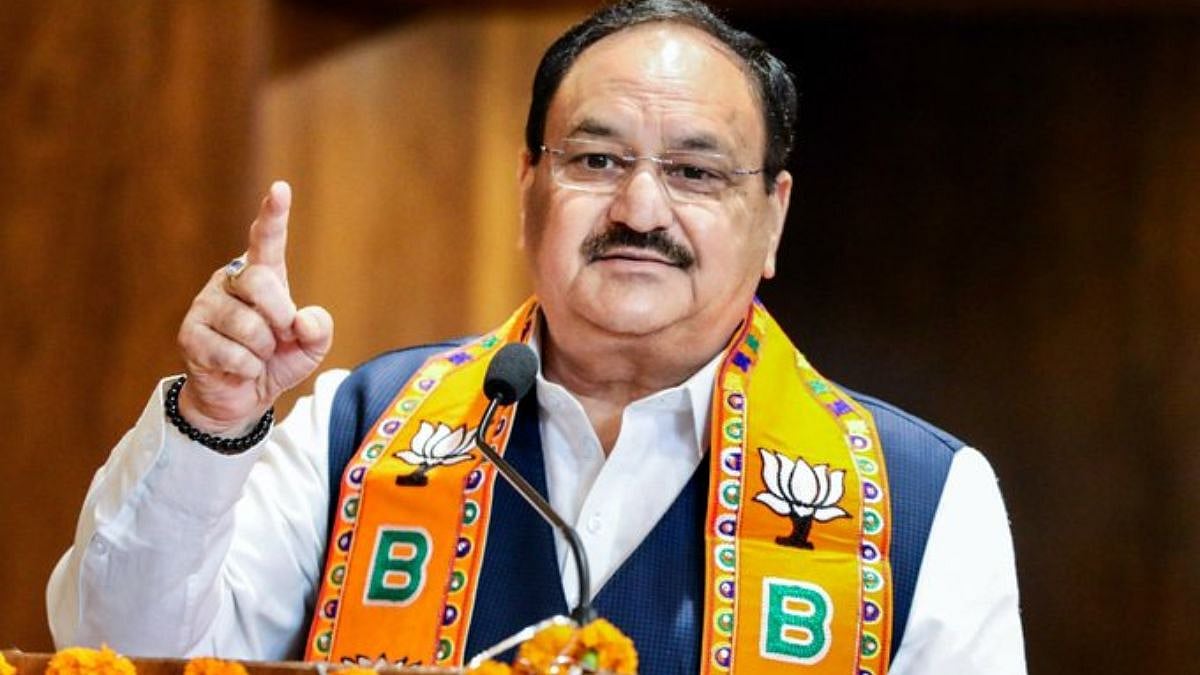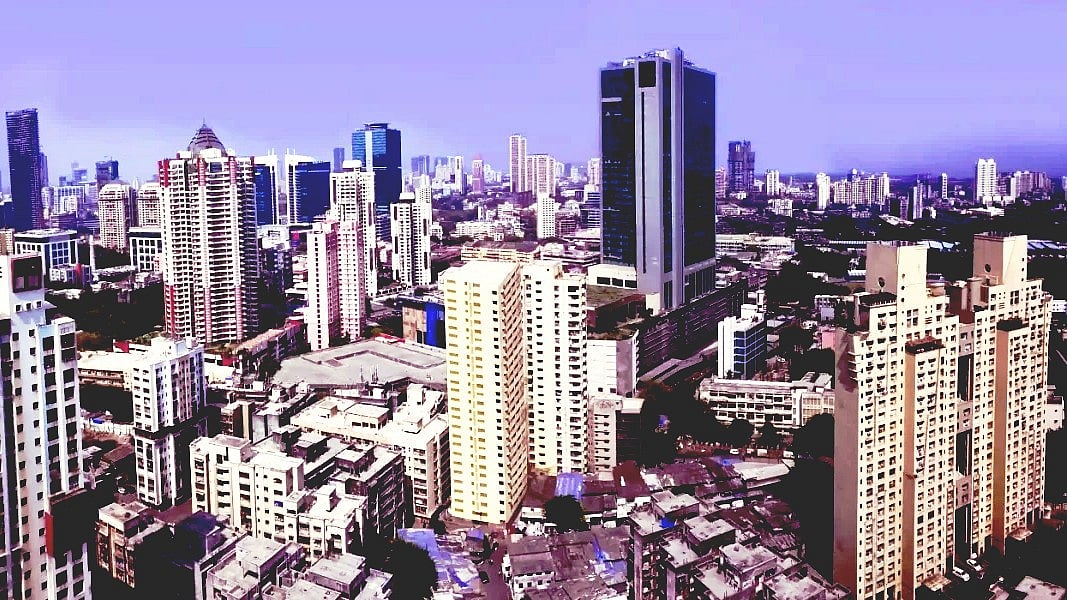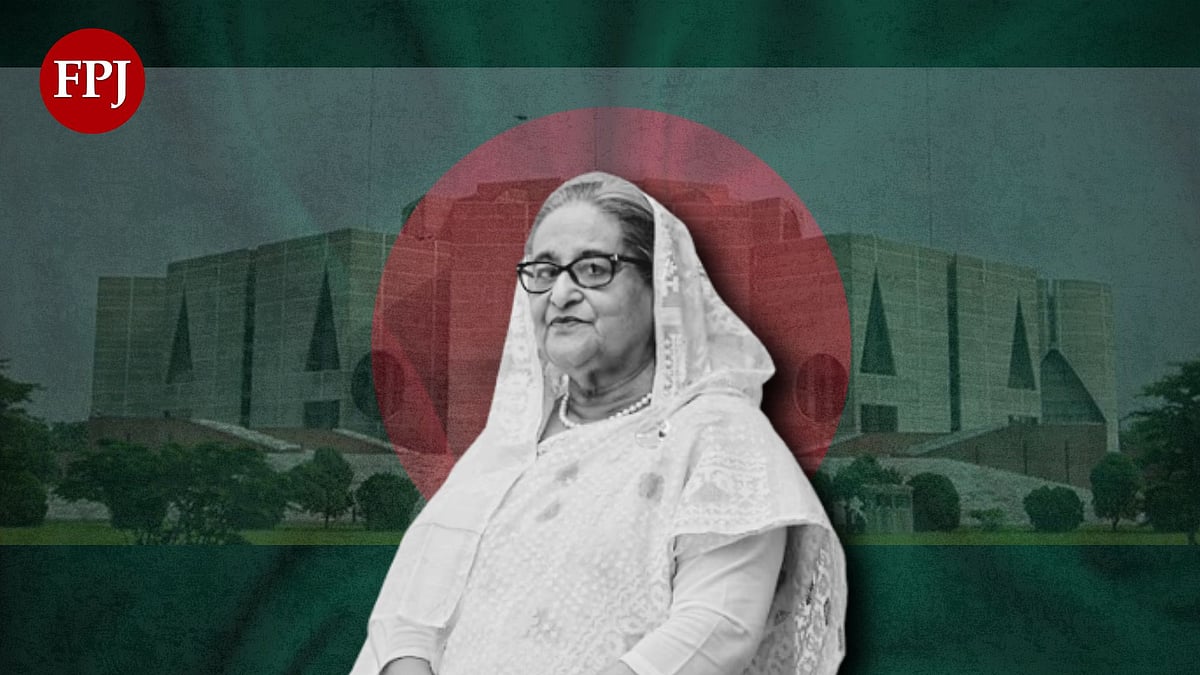A couple of weeks ago, yet again, one more young student committed suicide in Kota. She left a suicide note telling her parents, "I can’t do JEE…. Yahi last option hai." The suicide note informs us about: the enormous pressure that these youngsters feel regarding access to quality higher education; how the self-image of the child is closely tied up with their ability to clear the prestigious entrance examination; and, finally, the wide mismatch between the supply and demand of good institutions of higher education. It also tells us that these young adolescents have no life beyond the coaching.
Many of these children get trapped into the coaching system in the middle school itself, primarily because regular school education in most schools, especially if they are away from the metros, is simply not good enough and/or not regular enough to help them qualify for competitive entrance exams. And yet, they feel many pressures — from parents, from society around, from their peers, on their own — to strive to do well. Thus, even as most of these children are not old enough to even figure out what interests them, what they are good at and what they don’t wish to study, they feel compelled to join the coaching system to prepare for the JEE.
Further, parents of these youngsters in India invest so much in them, financially and emotionally, that these young people find it almost impossible to declare to their parents, midway, that they cannot do JEE. Even as they struggle, the idea that they could just walk away from it all and choose what they themselves want feels like a terrible betrayal. In any case, nobody in these children’s short lives has told them that they could walk away from all this pressure and it would be all right. Instead, almost everyone around them applauds their efforts in following the difficult path.
Further, alarmingly, very few Indian parents think that their child may not be academically or otherwise inclined to get through these tough entrance exams. Even as every year we are told by newspapers that the pass percentage for any competitive examination in India is one of the lowest in the world and, routinely, only a minuscule fraction of applicants qualify, no parent thinks it possible that her child could possibly belong to the category of those who do not qualify!
Not that parents alone are to be blamed. Our larger social system is obsessed with success as well: schools, teachers, coaching classes. And then, of course, there are newspapers and the media. Every year, they glorify the toppers and the top ten without the slightest concern for those who are not the chosen ones. They write glowing pieces on efforts made by these successful candidates as if all that matters is their individual efforts and nothing else.
Besides, the grim reality is this: students and their parents recognise that if one gets admission into any one of prestigious institutions, opportunities in her life will magically open up; on the other hand, if she fails, her life will be the life of millions — of drudgery, despair and the constant struggle to make a living. It is this frightening inequality built into our society that drives the aspiring, well-meaning parents to push their child to (often) impossible goals. (The film 12th Fail, with all its flaws captures this inequality well and partly explains the despair, if one fails, and the determination to pass.)
Sadly, our higher education system is also ill-equipped to deal with such aspirations. If one looks at many annual rankings of top institutions across the country, across different fields, one is shocked by the wide and persistent gap between scores of the top 10-15 and the rest, even within the list of first 50-100 institutions even though we actually have thousands of colleges and hundreds of universities. Clearly, institutions outside these lists are no institutions at all — no learning of much value takes place there. These (other) institutions magnify our enrolment numbers that our policy makers and political leaders, increasingly, flaunt every year, but even they know that these institutions are effectively dysfunctional.
To add insult to injury, our state public funds are still largely allocated to only the already established, prestigious institutions. There are no systematic, sustained, state-sponsored and state-financed attempts to enlarge the number of institutions where all resources are in place for quality higher education. On the contrary, in recent years even prestigious institutions are being starved of state funds on one pretext or another and asked to look for other private sources for financing their activities and functions. A few private universities that have been set up in the last few years are prohibitively expensive and exclusive and, in any case, admit such a small number of students that they hardly matter in bridging the wide gap between the supply and demand of good institutions.
Unless, we as a society, first ensure that quality school education is accessible to all our children, unless we learn to let adolescents be and let them make their own choices, unless our parents and others learn to not impose their ambitions and ideas on the young, unless our policy-makers are forced to commit themselves to set up a large number of good, functional institutions of higher education and, finally, unless we respond to deep inequalities in opportunities between the selected ones and the rest, suicides in Kota and elsewhere are unlikely to end.
Vrijendra taught in a Mumbai college for more than 30 years and has been associated with democratic rights groups in the city









.jpg)